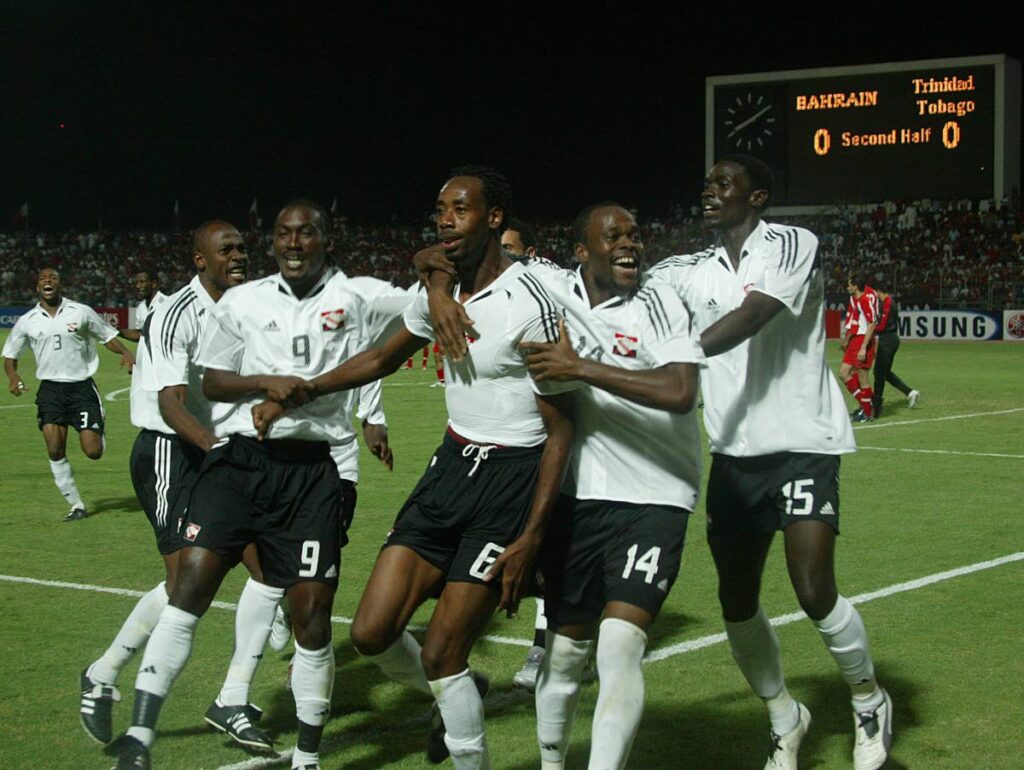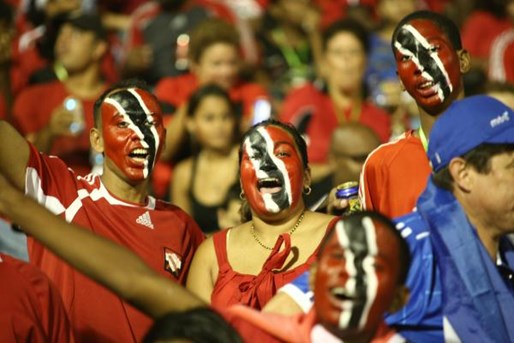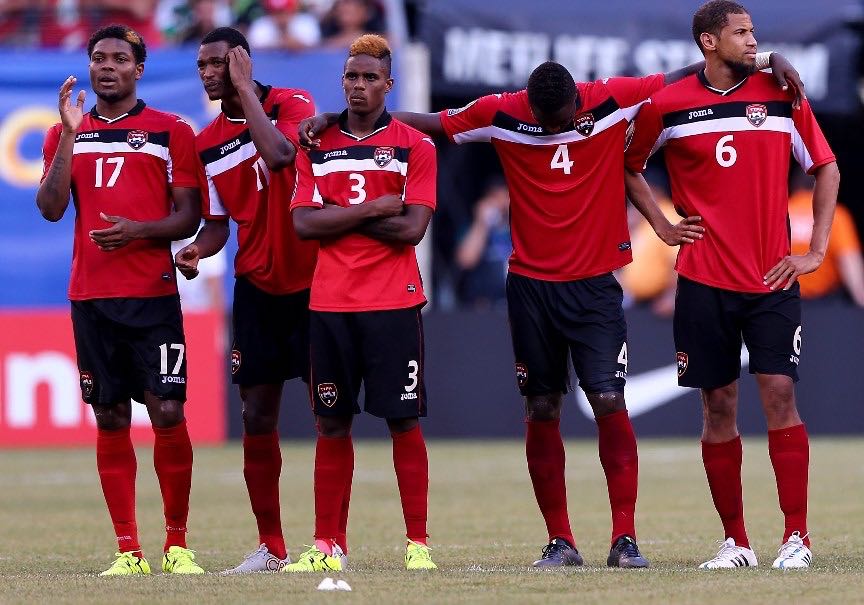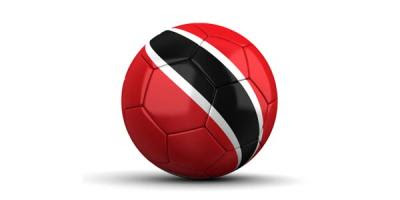As the 2022 edition of the World Cup edges closer, local football fans find themselves reminiscing on the moment when Trinidad and Tobago qualified and played in the competition frequently viewed as the biggest stage of them all.
On November 16th 2005, Trinidad and Tobago for the first and regrettably the only time (thus far), qualified for the 2006 World Cup in Germany. The senior men’s football team commonly dubbed the ‘Soca Warriors’, beat Bahrain in the second leg of a playoff tie to secure qualification for the World Cup. Unforgettably, this day represented an unprecedented achievement and is widely regarded as one of Trinidad and Tobago’s proudest moments.

The Soca Warriors, on their World Cup debut, were drawn in a group consisting of two European, footballing powerhouses in England and Sweden along with Paraguay, one of the Central American teams. The warriors fought tooth and nail, drawing against Sweden in their first game having played with 10 men on the field following a red card. This was followed by two losses in the remaining fixtures ensuring Trinidad’s exit at the group stage level. Although the results in the group stage of the World Cup did not align with the pervasive optimism throughout the country, they can rightfully be cited as the glory days of Trinidad and Tobago football.

The most recent attempt at World Cup qualification depicted accurately the downward trajectory that Trinidad football has been on since its earlier successes prior to 2006. In a decisive match versus the Bahamas earlier this year, Trinidad needed a win to progress to the next stage of qualification but drew 0-0 leading to their exit. The extent of disappointment was heightened given that the Bahamas drew once, lost twice and conceded 15 goals without scoring any in their previous fixtures.
Their exit from the first round of World Cup qualification quite clearly indicated how far off they were from their goals. From once being part of the elite group of national football teams that compete in the World Cup, T&T is now worryingly ranked 100th according to the FIFA world rankings. This is to be compared to when 5 years ago in 2016, Trinidad and Tobago was ranked 54th.
Poor results and unsatisfactory inroads into the latter stages of competitions such as the Gold Cup has left the appearance of Trinidad football as a struggling institution. Many criticisms have been levelled at the players and coaches for their lack of effort, sense of direction and purpose to help improve from their recently horrid footballing displays.

Financially, the Trinidad and Tobago Football Association (TTFA) has struggled and is said to have debt accruing to the tune of $50 million. A special FIFA-appointed committee has been formed to help the TTFA restructure their debt but the fruits of FIFA’s labour is yet to be seen.
The financial state of the TTFA has the potential to compromise great additions to the country’s sporting infrastructure. Take The Home of Football for example. The Couva based facility has 72 hotel rooms and is equipped with numerous training fields. This was exactly the sort of sporting infrastructure that is necessary to help develop football at a grassroots level. This normalisation committee has recently stated however that an option to settle the debt owed to their creditors is to sell the Home of Football.
This leaves a lot of questions unanswered with the major one being will Trinidad and Tobago ever make it back to the biggest stage of them all?
Feel free to drop a comment about what Trinidad and Tobago football looks like to you.

The timing for the article is perfect, and I commend you on this excellent overview of The Soca Warriors.